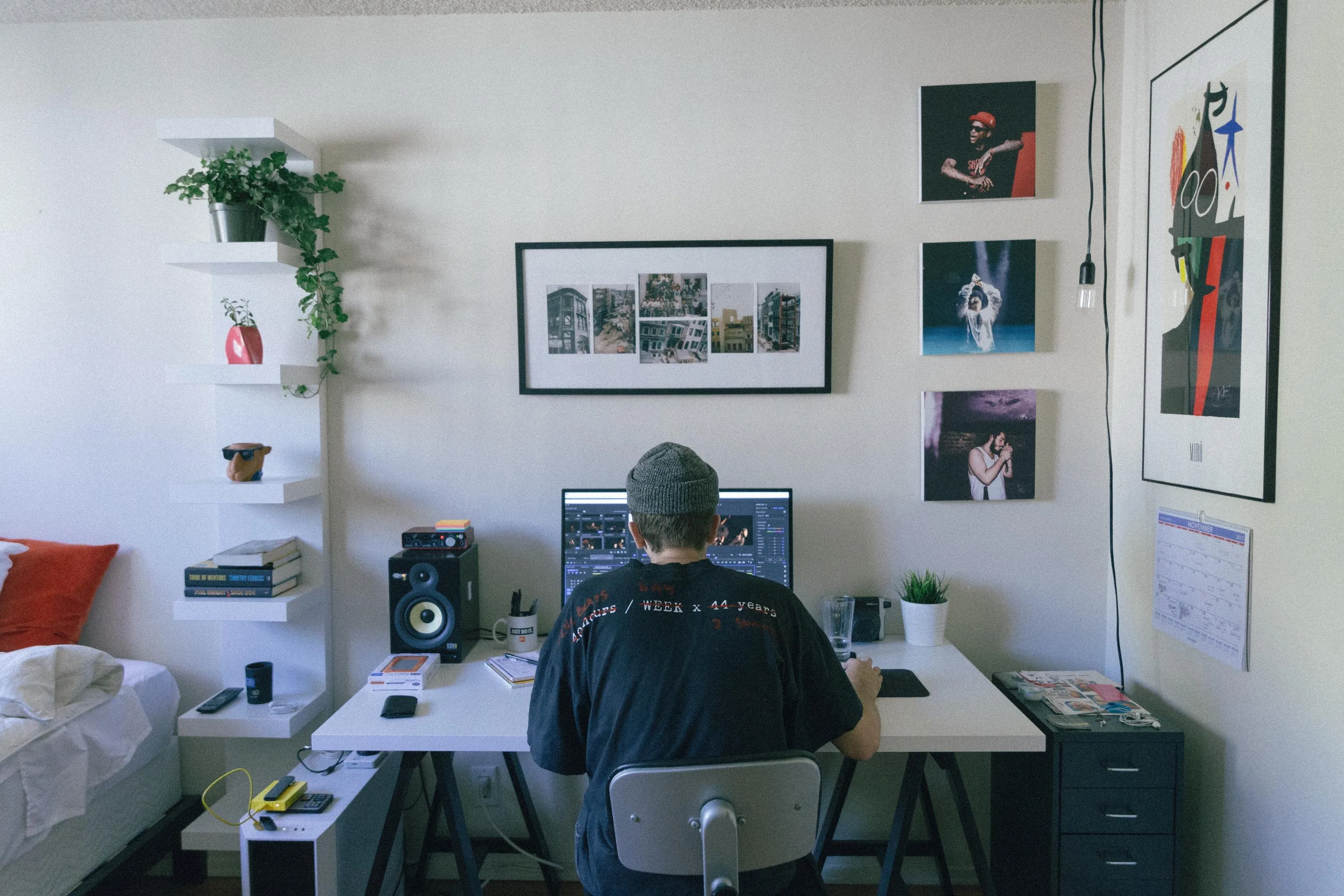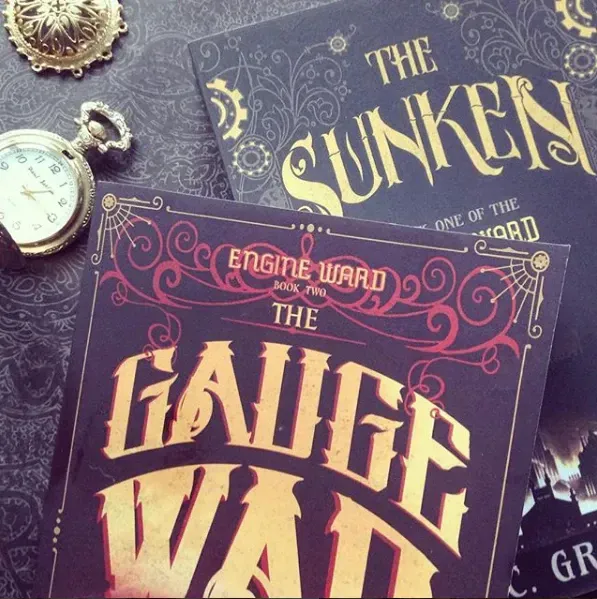7 Things You Need To Know About Self-Publishing

Platforms like Amazon KDP and Kobo Writing Life have opened up tremendous opportunities for writers to get their work directly into readers’ hands. There’s a steep learning curve from being a penmonkey hiding in your cat pile to becoming your own publisher. Here’s what I’ve learned so far:
1. Figure out your goals
What are you trying to achieve? Answering this question impacts every subsequent decision you make about your writing, from what book to write and which distributors to choose to how and where to market. Are you:
-
Disseminating information and ideas?
-
Raising your industry profile with a piece of non-fictional expertise?
-
Producing a family history book?
-
Using a book as a showcase for other creative work, like photography?
-
Breaking into a new audience or genre?
-
Fulfilling a lifelong dream to tell wonderful stories?
-
Trying to make a full-time living as an author?
The rest of my tips deal specifically with making a living as a self-published author, as that was my primary goal, so bear that in mind when you continue reading.
2. You need more than one book
Books hit the market with gusto. They get lots of attention during their month of publication, and then reader interest wanes as soon as the shiny new books hit the shelves.
If you want a sustainable long term career as an author, you need more than one book. The more new releases you have, the more you’ll get to hit that ‘new release spike’ and capture more fans who’ll go back to buy all your previous books.
There are exceptions, of course. Harper Lee made her career off a single book. But I always choose not to believe I’ll be the exception.
Instead of imagining your one book hitting bestseller lists and paying for a fancy mansion in Ponsonby, think about what you want your career as an author to look like. What kind of books do you want to be known for? How will they all fit together? Kids or adults? Commercial or literary? Series or standalones?
3. Consider a series
As a self-published author, you are the marketing department of your publishing house. Most of us don’t know how to do that, so here’s a little tip – a series of connected books in the same world are much easier to market than standalone stories.
Why? Sell-through. Readers become invested in the characters and stakes in book one, and a certain percentage of them go on to buy book two, and a certain percentage of those readers will buy books three, and so on. Using this model, if you get enough people to read book one – even if you lose money marketing that book – you can make a profit on the people who progress through the series.
4. Release as often as possible
If you are trying to make a living as an author or get the most eyes on your work, then the more often you release, the more chance you have of finding new readers.
In traditional publishing, you’ll probably only release once a year. But the rise of digital reading and cheap ebook prices means that voracious readers are able to devour many more books per month than they could afford to when paper was their only option. In genres where these readers hang out – such as thrillers, mysteries, romance, science fiction, fantasy, and women’s fiction – self-published writers are making a killing by publishing often with low prices.
Because self-published authors keep a high percentage of our royalties (70% on books priced between $2.99-9.99 on Amazon, as opposed to 10-25% in a traditional contract) we can afford to price low.
The release schedules of some authors can seem insane, but writing is like a muscle – the more you exercise it, the stronger it becomes. It took me five years to write my first novel. Now I write and publish a novel every two months!

5. Cover. Title. Blurb – they matter.
As an indie author without direct distribution into bookstores, you’re going to make most of your sales online as digital ebooks.
Readers browsing online see your covers - firstly - in thumbnail form, so they need to be bold and eye-catching. Your cover needs to look similar to other covers in your genre (so readers can find what they want to read) but also stand out because of its beautiful design and bold title. It sounds hard to achieve, and it is. That’s why it’s best to hire a designer, there are plenty who specialise in book covers for indie authors, and they’re relatively affordable.
Once the reader clicks on your book cover, they’re taken to a product page where your blurb has to entice them to read the book. Writing blurbs isn’t easy (I find them harder than writing the actual book!) but it’s an essential skill to master if you want to sell books. Workshop your blurb with other writers and test it on family and friends. Look at the structure of blurbs for other successful authors in your genre. Don’t be afraid to tweak it to sound as exciting and high-stakes as possible.
6. Make reading enjoyable
If you want to keep readers coming back for more of your books, you need to give them a good reading experience. This means not springing nasty surprises on them that are outside their genre, (for example, killing off the hero in a romance novel, or suddenly turning a cosy mystery into a horror story), and making sure you crafted the best story possible that’s free of typos and continuity or grammatical errors.
All writers should have at least one person who is not you to read over your work. Ideally, you should hire a professional editor and/or proofreader to ensure you’re giving readers a quality book.
Even with professional editors, mistakes creep through. On my March release, I had the main character’s name spelled wrong eight times, and neither me nor my two editors picked it up. Luckily, it’s easy to fix the mistake and re-upload your book.
Think of your self-publishing career as a business (because it is). Don’t bring an inferior product to market. Get the best editing you can within your budget.
7. Experiment and have fun!
Part of what’s so amazing about self-publishing and being an indie author is the ability to pivot, try new things, and follow your imagination wherever it leads. You can start a new pen name and try a completely different genre, create multiple formats for your books (including print and audio), co-write or write in a shared world, or team up with other creatives to experiment with new ways of storytelling.
Always look for new opportunities. This year I’m trying to fund my children’s book on Kickstarter, as well as releasing the first book in a new series a chapter at a time on an app called Radish.
Read indie books and look at how other authors manage their careers. Some of my favourite self-published authors are HY Hanna (cosy mysteries), Darcy Coates (haunted house horror), Karpov Kinrade (YA vampire fantasy), and C M Stunich (angsty romance).
And lastly, don’t be a stranger! Reach out to the amazing community of indie authors here in New Zealand and across the world. Share advice, learn from others, and commiserate over creative challenges. Writing can be a lonely pastime, and having a tribe makes it that much more fun.
Now, go forth and write! I’ll see you in the Amazon charts!
